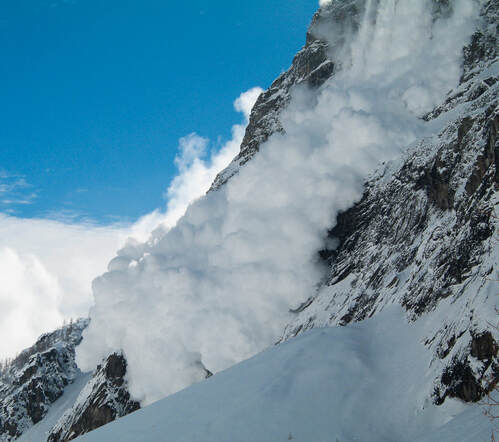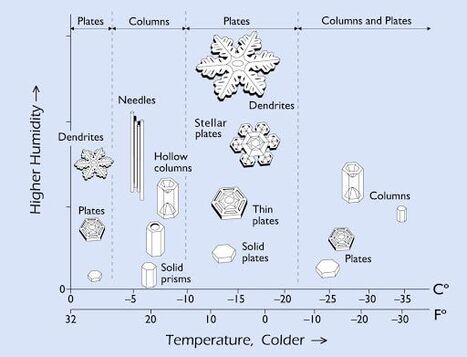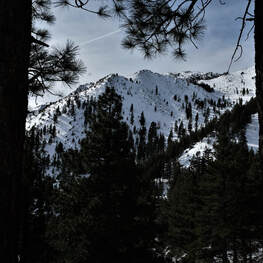|
2/17/2021 0 Comments All About Avalanches Every winter, there are instances of people getting trapped in avalanches. This is an unfortunate and devastating part of outdoor winter recreation. An avalanche is a mass of snow that slides rapidly down a slope, usually a steep mountain side. Avalanches can be triggered by weather, such as drastic changes in temperature or wind-drifting snow, or by human activities, such as stress from skiers. Most avalanches occur in the backcountry, where the snow isn’t meticulously managed. In and around ski resorts, avalanche experts often create avalanches in strategic spots to prevent natural avalanches from damaging property or hurting patrons. Almost all avalanches occur on slopes between 25 and 50 degrees, above treeline, and facing away from prevailing winds. This side of the slope tends to collect a lot of snow. Between 20 and 40 people die each year in North America due to avalanches; 90% of these deaths are from slides caused by the victims or their parties. Fortunately, there are many things you can do to reduce risk.
0 Comments
2/8/2021 3 Comments All About Snowflakes Snowflakes are clusters of ice crystals that form around a piece of dust or sediment. You’ve probably heard that all snowflakes are unique and no two snowflakes are identical, and it’s true! Wilson Bentley was a meteorologist and photographer in the late 1800s and early 1900s who documented thousands of snowflakes with his camera. He never observed two snowflakes that were identical. There are several different types of snowflakes that form at different temperatures and humidity levels. The snowflakes we generally think of are dendrites, which have six sides and often have elaborate designs and details. These form at moderate temperatures (-5-15oF) and high humidity. There are several other types of snowflakes that are less elaborate, visible in this chart.  In Reno, we get snow every year. The amount of snow and timing fluctuates significantly from year to year, but we wait for it and expect it regardless. Snow consists of ice crystals that form in clouds high in the sky. They then fall to the ground and accumulate into a layer of snow. Clouds are made of water vapor, which is water in its gaseous form. When the atmosphere where the clouds are gets too cold the water vapor condenses directly into ice, skipping the liquid water phase, and falling to the ground as snow. Snow is considered a mineral because it’s a naturally occurring inorganic, homogeneous solid. |
AuthorThis blog is managed by the staff and volunteers of Galena Creek Visitor Center. We write about parts of the natural world that we find fascinating and want to teach others about, as well as keeping you updated on the Visitor Center and park. If you want to learn more, please sign up for our monthly newsletter, where we share upcoming events, updates on the ecology of the park, and highlights from each month. Archives
October 2021
Categories |
 RSS Feed
RSS Feed
